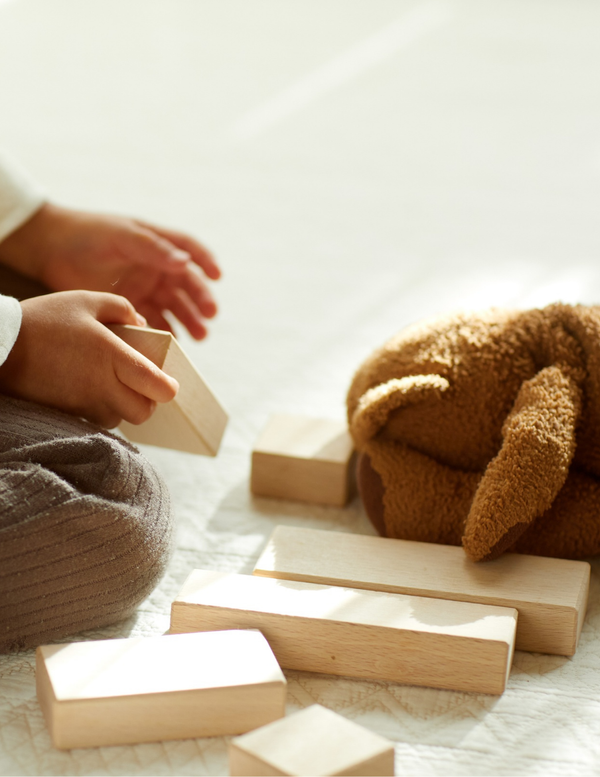When Life Starts Again....
After the death of someone close, the world may feel unrecognizable to a grieving child. Normal schedules, school, and social environments might feel heavy or overwhelming. Yet carefully reintroducing routine—school, activities, the community—can serve as a gentle reminder that life continues, while holding space for their grief.
Routine doesn’t erase pain. Instead, it offers familiar building blocks: predictability, purpose, and social connection. These are powerful anchors during a storm of sorrow.
Easing Into School or Childcare
The return to school—or any group setting—can bring fear and uncertainty. It often helps when caregivers:
Speak with teachers or counselors ahead of time, so they understand the child’s emotional landscape.
Plan for a soft start: allow the child to arrive a bit later, shorten the day, or bring a comfort item if needed.
Encourage check-ins: brief moments of connection during the day—snack time, a hug, a note—can help the child feel grounded and supported.
Balancing Safety with Flexibility
Routines provide structure, but grief can mean changing needs from day to day.
Keep key elements consistent—regular meals, bedtime, family check-ins.
Allow flexibility—if the child needs more physical closeness or has difficulty staying focused, let them. It doesn’t derail healing; it supports it.
Community Connections as Healing Anchors
The community—friends, neighbors, sports teams, clubs—can play a powerful role in a child’s healing journey.
Let close friends know what’s happening, so they can offer kindness and not avoid the child out of discomfort.
Ease back into group settings—playing games, attending practices, or casual meetups can foster normalcy without pressure.
Using Stories to Build Emotional Bridges
Books remain one of the gentlest ways to offer comfort and connection. Reading The Terrible, Super Sad Day together allows children to:
See their own emotions reflected on the page
Feel understood and validated
Open the door to conversations about how they’re coping with school, friends, and daily life
After reading, try gently asking:
“What part felt true today—maybe how school felt?”
“Did the story remind you of a moment you had this week?”
This helps shift from abstract grief to practical, emotional dialogue.
Knowing When Grief Impacts Functioning
Many children adjust with time. But if emotional pain begins to interfere with school, friendships, or behavior, it may signal deeper overwhelm.
Watch for:
Regressions or withdrawal at school
Sudden drop in grades or participation
Increasing anxiety, moodiness, or avoiding peers
These signs don’t mean the child is failing—they mean they may need more support or an emotional boost.
Why Routines Matter… Even in Grief
Returning to daily life doesn’t mean neglecting grief. Just the opposite. Routine can be a healing container:
It reminds a child, “I’m still here. The world hasn’t forgotten about me.”
Combined with openness, empathy, and supportive conversation, it helps them remember they’re not alone—lest grief begin to feel permanent.
If You’d Like More Support...
The Terrible, Super Sad Day offers gentle honesty and emotional safety for both children and caregivers. It’s a tool you can lean on whether to start a healing conversation, help a child process, or even for your own reflective reading.

